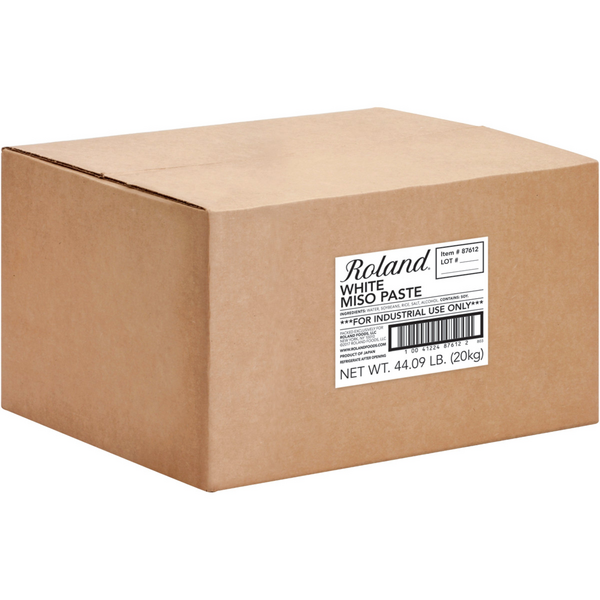

Instant Miso Soup: This type comes in two forms: powder and block. The paste could be used for a variety of ways: 1) soup base, 2) marinating sauce for meat, fish, and tofu. Miso paste: This type of miso is made of fermented soybeans, salt, and Koji. Miso comes in a variety of forms: Miso paste and Instant Miso soups. Try it yourself with our Miso Compound Butter recipe below.

It can be used in anything from marinades, dressings, soups, and stocks for a complex savory and umami flavor. What is Miso? Miso is a well balanced nutritious Japanese seasoning made with fermented soybeans, salt, and Koji. One of our pantry favorites is white miso paste, a Japanese fermented soybean paste. Our goal is to introduce this traditional and healthy Japanese food worldwide, in the most casual and convenient way. By considering what we eat from a variety of different perspectives, the company has been able to develop a popular range of new products. In 1968, the latest technology concepts were introduced and successfully applied to the development of freeze-dried products.


In 1916, the company put its experience of making Masumi to the production of Miso, featuring the Miko-chan trademark. One of the secrets of this popularity lies in the company’s successful development of a special high-quality yeast. For the next 300 years, Miyasaka spent tremendous amounts of time to create a perfect sake “Masumi,†which today is highly regarded for its aroma, body, and rich taste. It all began with Ihei Arimasa Miyasaka, the 12th head of the Miyasaka family, who started a brewery at the city of Kamisuwa, Nagano, Japan. Though some kinds of miso ferment and age for as long as two years, white miso is ready for packaging in just a few weeks or months.Our Mission is to provide the best-quality miso into every household worldwide. At the same time, other enzymes break down the starches into simple sugars, which adds sweetness. One type of enzyme, called protease, converts the main protein in soybeans to amino acids, including glutamic acid, the source of miso's trademark umami flavor. The mixture is left to ferment as the koji produces enzymes that break down the proteins, carbohydrates, and fats in the soybeans. Here, different varieties of miso paste diverge producers can adjust the ratio of koji to soybeans to alter the flavor profile. Next, the koji is mixed with cooked soybeans, salt, and sometimes water. There, they incubate for two or three days as the rice ferments and the koji germinates. (It's not unlike the unique molds used to make blue cheese and Camembert.) Tiny spores of koji are typically sprinkled over cooked rice and spread across special trays in a carefully controlled environment. How Is Miso Made?Īs authors William Shurtleff and Akiko Aoyagi explain in The Book of Miso (1977), the first step in making miso is cultivating a mold called koji (Aspergillus oryzae), which is also a crucial component of soy sauce, sake, and fermented black bean paste. Throughout, we evaluated the flavor and overall appeal of each product. Panelists sampled them in three blind tastings: plain, in miso soup, and in a marinade on broiled salmon. Curious which products would deliver the best flavor, we purchased five widely available white miso pastes priced from $4.80 to $7.49 per package ($0.34 to $0.92 per ounce). We call for white miso more often than red, so we decided to focus there first. White is fairly sweet and mellow, while red tends to be more robust and salty. In the test kitchen, we generally use two styles of miso: white (shiro) and red (aka). According to the Japan Miso Promotion Board, there are now 1,300 types of miso, several of which have become available to American shoppers since miso was first introduced to the United States in the 1960s. Today, miso is an essential ingredient in Japanese, Chinese, and Korean cuisines. In the seventh century, it was brought to Japan, where it became known as miso. An earlier iteration of miso (called jiang) originated in China some 2,500 years ago. We also love it on broiled salmon and glazed chicken and have found that it can contribute incredible depth to nontraditional applications like braised potatoes and turkey burgers. Miso paste is prized for its ability to add complex, savory flavor to soups, dressings, sauces, and pickles.


 0 kommentar(er)
0 kommentar(er)
